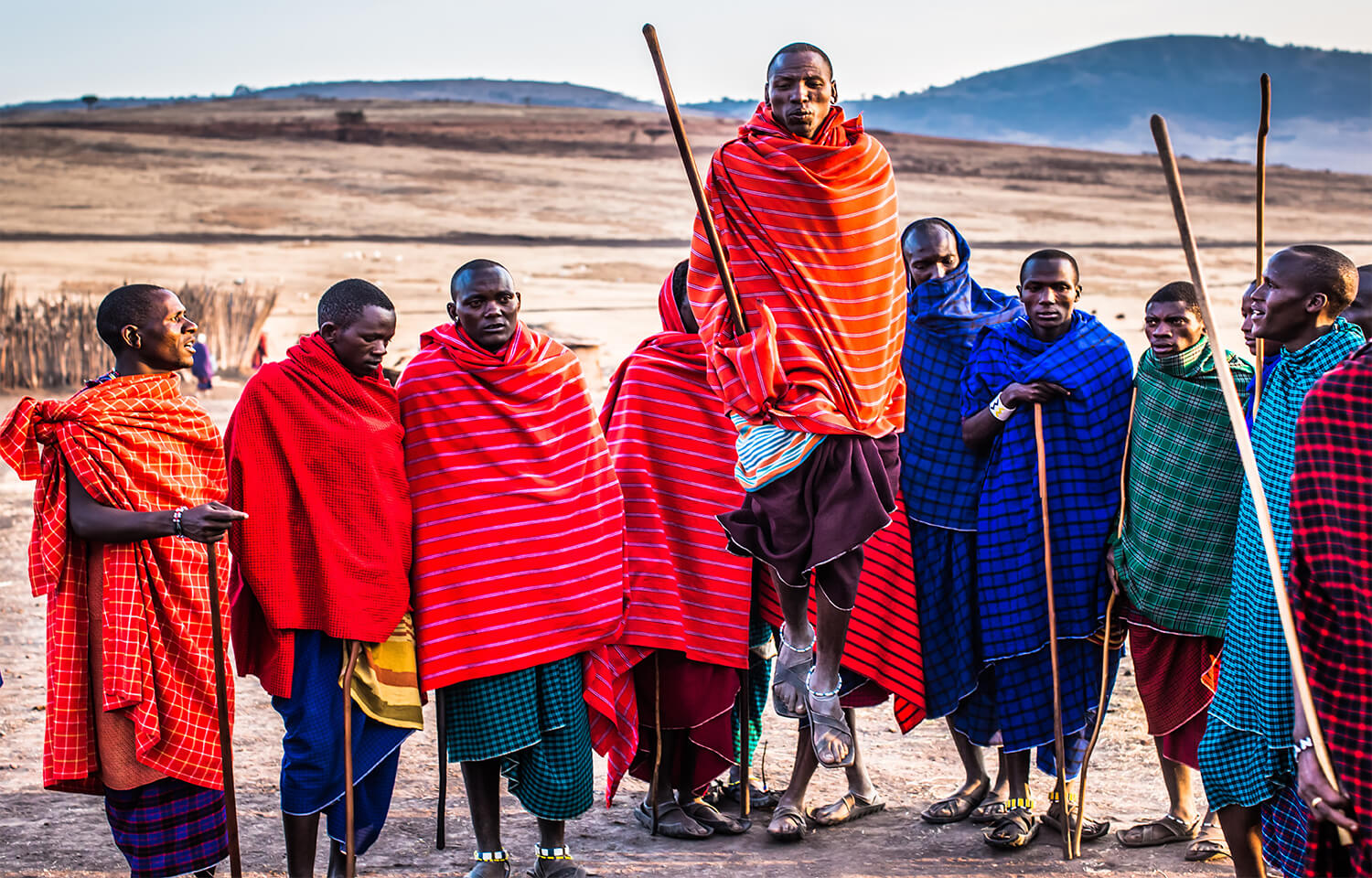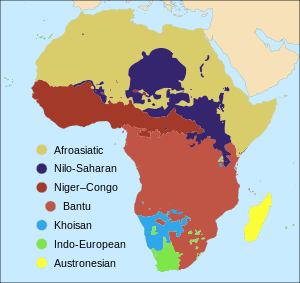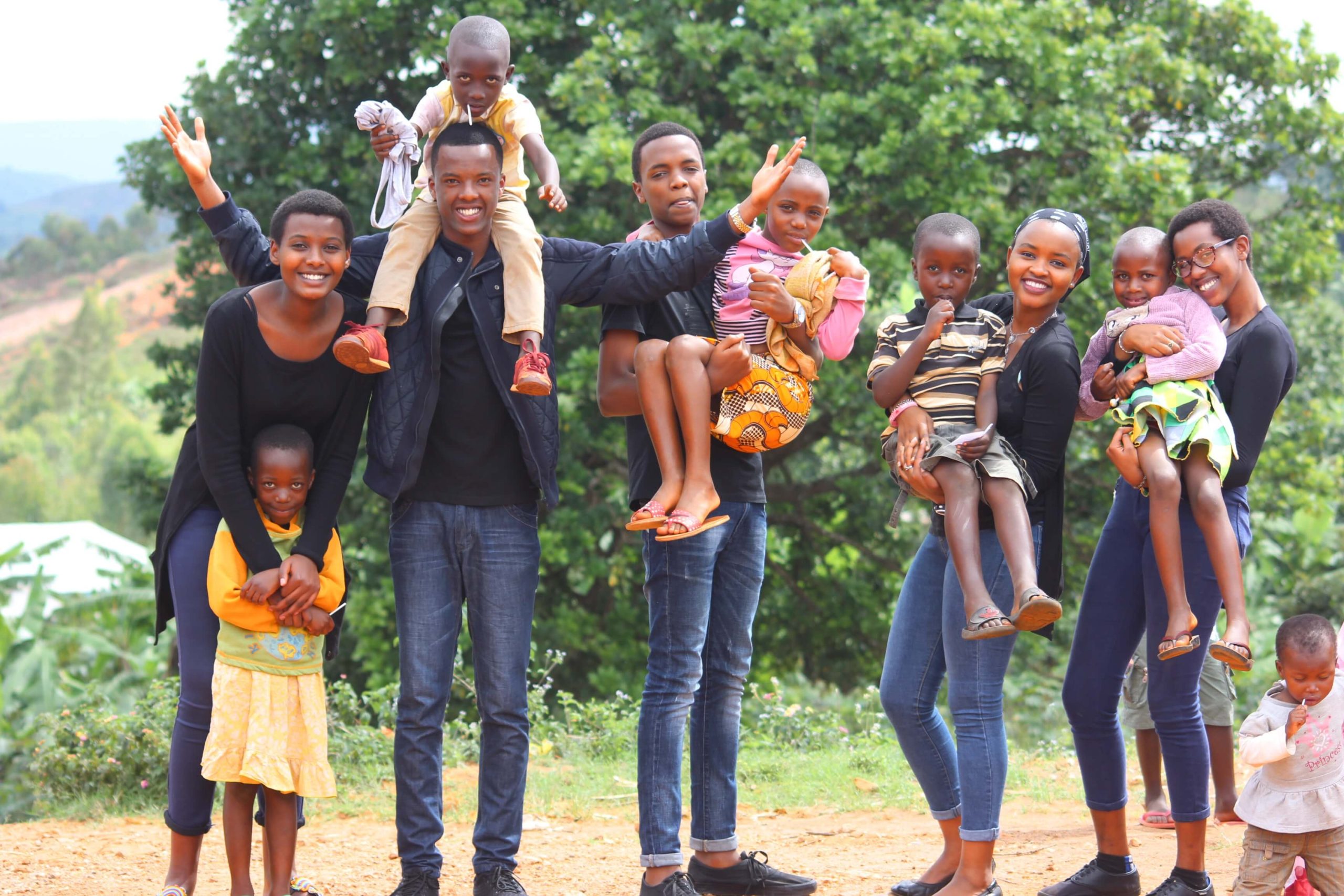The Languages of Africa: A Fascinating Diversity

“Africa” is the second largest continent in terms of area, occupying an area of 30.3 million square kilometers, and inhabited by more than 1.3 billion people. Africa includes around 54 countries, making it a unique home for many different languages with different peoples and cultures.
In this article, we will explicate the significant languages of Africa, shedding light on their origins, focusing mainly on South Africa’s language scene. Additionally, we will delve into 2 points: 1-The unique click languages of Africa. 2- Provide an overview of the linguistic map of the continent.
What are The Main Grouping Of African Languages?
The African Languages include 2000 languages, makeup of four main groups:
Afro-Asiatic: with approximately 200 languages covering most of Northern Africa including the Horn of Africa, and the Central Sahara.
Nilo-Saharian: with approximately 140 languages spoken by 11 million speakers scattered throughout Central and Eastern Africa.
Niger-Congo: also known as The Bantu language with approximately 1,000 languages spoken by 200 million speakers scattered across West, Central, Southeast, and Southern Africa.
Khoisan: with about 30 languages in the Western part of Southern Africa.

What are The Most Common Languages Spoken In Africa?
If you want to do business or enjoy tourist destinations and experience diverse cultures in Africa, here are the most common languages you will hear:
SWAHILI: 150 million speakers
Swahili, also known as Kiswahili, is considered the most spoken language in Africa, with over 150 million speakers. It is believed to have originated from other languages, mainly Arabic. Swahili is the official language of many African countries like Tanzania and Kenya. With Swahili, you can also get around Uganda, Rwanda, Burundi, Mozambique, and the Democratic Republic of the Congo.
Many language learners are interested in Swahili because it’s widely spoken and has a long history. Also, it’s not too hard for English speakers to learn it as it doesn’t use tones, unlike Arabic and Amharic.
You will already know some Swahili words. Why? If you already watched Disney’s movie “Lion King” you must know the word “Hakuna Matata”, which means “no worries” and “Simba” which means “Lion”.
AMHARIC: 28 Million Speakers
Amhara, Amarinya, Amarigna, or Abyssinian are other names of the Amharic language, which has been the official language of Ethiopia since the end of the 13th century. Also, it is the second most spoken language in the country after Oromo With over 25 million speakers and 3 million emigrants, it is one of the most spoken Sematic Languages along with Arabic, Hebrew, and Tigrinya.
Many local dialects of Amharic exist but there are only three major dialects; Gondar, Gojjami, and Showa. There are many differences between the northern Gojjami and the southern Showa dialects in pronunciation, vocabulary, and grammar.
It has a unique written script called “Fidel”, which means letter or alphabet. This script has 33 basic characters; each one represents a consonant or vowel combination. Every character has seven forms depending on which vowel is being pronounced in the syllable. It is written from left to right, and learning to write “Fidel” will take you a little longer than learning the Arabic script.
Unlike English, Amharic is considered a morphologically complex language. For example, to write “Hello” in Amharic would be “እው ሰላም ነው”.
YORUBA: 40 million speakers
YORUBA is one of the most spoken languages in West Africa, with over 40 million speakers in Benin, Togo, and Nigeria. It is one of the official languages in Nigeria and the mother tongue of the Yoruba people in the same country.
You can also find speakers for the Yoruba language in Liberia, the Ivory Coast, Ghana, and Sierra Leone. To say “Hello” in Yoruba, just say “Bawo”
OROMO: 30 million speakers
Oromo is one of the Afro-Asiatic language families widely spoken across Africa by over 30 million people, mainly in the Horn of Africa, Ethiopia, Somalia, and Kenya. More than 40% of the Ethiopian population speaks Oromo, and they are the largest ethnic group in the country. To say “Hello” in Oromo, just say “Akkam”.
HAUSA: 50 million speakers
Hausa is one of the Afro-Asiatic languages and it is one of Nigeria’s official languages with over 50 million speakers across Africa. It is the language of the Hausa people in northern Nigeria and southern Niger.
Other African countries also speak Hausa besides Nigeria, like Benin, Cameroon, Ghana, Burkina Faso, Niger, Togo, and Chad. Hausa is one of the few African languages taught in international universities. To say “Hello” in Hausa, just say “Sannu”.
IGBO: 40 million speakers
Igbo is one of the Niger-Congo family of languages. It is another official language in Nigeria and the native language of the Igbo people with over 40 million speakers across Africa, mainly in Cameroon and Equatorial Guinea. Igbo has more than 20 dialects. To say “Hello” in Igbo, just say “Nnoo”
ZULU: 15 million speakers
Zulu, or IsiZulu, is a Bantu language. It is one of South Africa’s official languages with over 6 million native speakers and about 9 million who speak it as a second language. It is spoken mainly in eastern South Africa and is considered the second most widely spoken Bantu Language, after Shona.
As a result of the influence of the Khoisan language, Zulu is characterized by unique click sounds within the dialect. To say “Hello” in Zulu, just say “Sawubona”.
SHONA: 17 million speakers
Shona is one of the Bantu languages and is the most spoken language in Zimbabwe with over 15 million native speakers and 2 million who speak it as a second language across Africa, mainly in Mozambique and Botswana. To say “Hello” in Shona, just say “Mhoro”.
ARABIC: 380 million speakers
Arabic is one of the Semitic branches of the Afro-Asiatic family of languages with over 280 million native speakers worldwide and more than 100 million speakers in Africa. It is an official language in many African countries like Egypt, Morocco, Libya, Algeria, Eritrea … the list goes on!
Modern Standard Arabic is the written form and is used in writing novels, news articles, and some TV shows. Modern Standard Arabic is not the form of the Arabic language that native speakers learn as children who learn various dialects of Arabic related to their regions. Though there are many dialects of the Arabic language, speakers of different dialects can understand each other.
So, if you are willing to learn the Arabic Language, you will need first to learn Modern Standard Arabic and then learn the colloquial dialect of your choice!
SOMALI: 21 million speakers
Somali is one of the Cushitic family of Afro-Asiatic languages with about 21 million speakers concentrated across the Horn of Africa. It is one of the official languages in Somalia along with Arabic. Somali is one of the very few indigenous languages considered an official language.
BERBER: Over 15 million speakers
Berber, also known as the Amazigh language or Tamazight ancient language, is over 6,000 years old and one of the Afro-Asiatic family of languages. It is the second official language of Morocco along with Arabic. It is more widely spoken in Marrakesh than in Arabic.
Besides Morocco, there are groups of Berber speakers in other African countries like Algeria, Libya, Tunisia, Mali, and Niger.
what are South Africa’s Languages?

South Africa, a country located at the southernmost tip of the African continent, is a true melting pot of languages. It has 11 official languages, reflecting its diverse cultural heritage. Let’s explore some of the major languages spoken in South Africa:
1. Zulu:
With approximately 12 million speakers, Zulu is one of the most widely spoken languages in South Africa. It belongs to the Niger-Congo language family and is characterized by its rich oral tradition.
2. Xhosa:
Another Niger-Congo language, Xhosa, is spoken by over 8 million people in South Africa. It is known for its unique click sounds, which are a significant feature of Khoisan languages.
3. Afrikaans:
Derived from Dutch, Afrikaans is the third most spoken language in South Africa, with around 7 million speakers. It evolved as a language of communication among the early European settlers and has since developed into a distinct language.
4. English:
As a legacy of British colonialism, English holds significant importance in South Africa. It serves as a lingua franca and is widely used in business, education, and government.
5. Sotho:
Sotho is a Bantu language spoken by over 5 million people in South Africa. It is further divided into several dialects, including Northern Sotho, Southern Sotho, and Tswana.
Click Languages of Africa
One of the most fascinating linguistic phenomena in Africa is the presence of click languages. These languages are characterized by the use of clicks as speech sounds, creating a distinct and captivating sound system.
While click languages are primarily found in the Khoisan language family, they are also present in neighboring Bantu languages. Here are a few notable click languages:
1. !Xóõ:
Spoken by the ǃKung people of Botswana and Namibia, !Xóõ is renowned for its extensive inventory of click sounds. It is considered one of the most complex click languages.
2. Xhosa:
As mentioned earlier, Xhosa, a Bantu language spoken in South Africa, incorporates click sounds into its phonetic repertoire. These clicks are integral to the language and are used to distinguish between different words and meanings.
3. Nama:
Nama is a Khoisan language spoken by the Nama people of Namibia and South Africa. It features a variety of clicks, which play a crucial role in its grammar and vocabulary.
Read More about countries of Africa
Linguistic Map of Africa
The linguistic map of Africa is as diverse as the continent itself, one exciting aspect of the linguistic map of Africa is the presence of language families that span multiple countries. For instance, the Bantu language family is spread throughout Central, Eastern, and Southern Africa. This indicates deep cultural and historical connections between these regions despite their geographical distances. Additionally, Afro-Asiatic languages such as Arabic are spoken not only in North Africa but also in some parts of East Africa like Somalia and Ethiopia.
The linguistic map also offers insights into the continent’s historical migrations and colonial legacies. European colonizers enforced their own languages upon African communities during the colonial era, yet many local African languages managed to survive and thrive alongside these foreign tongues. As a result, there are numerous Creole languages blending native African tongues with European influences found throughout West Africa.
which makes the linguistic map of Africa like a vibrant mosaic of different language families that mirror both ancient ancestral ties and more recent historical interactions with outside cultures.
Conclusion
It is clear now from the vast list above that Africa is home to many languages, with over 2,000 known languages, The continent is a treasure trove of linguistic traditions and expressions each apart and distinct from the other.
Since considered one of the world’s 10 fastest-growing economies, so the possibility of doing business in Africa is significantly increasing with time. South Africa, in particular, stands out with its 11 official languages, each contributing to the country’s vibrant cultural mosaic. Additionally, the presence of click languages adds an intriguing dimension to Africa’s linguistic tapestry, captivating linguists and language enthusiasts alike to know more about African languages and consider them as a rich source for various studies and research.
Please leave a comment below and let us know if you have any questions about the languages spoken in Africa. You can contact our sales team if you have any documents that need to be translated into any African language.
